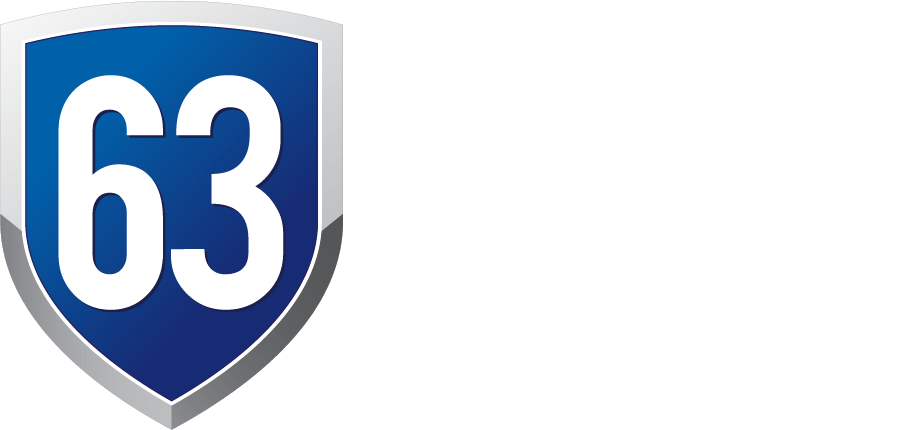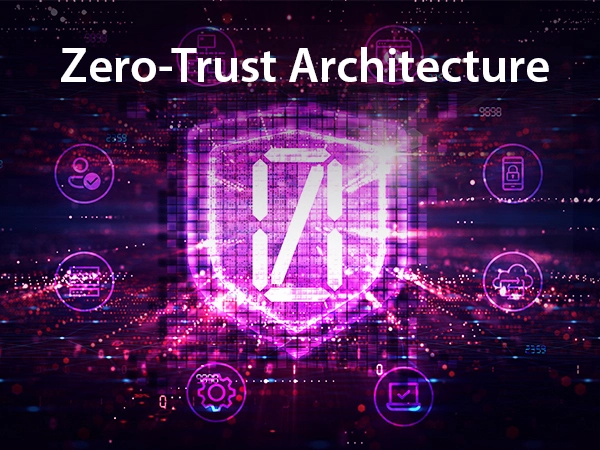By Neehar Pathare, MD, CEO & CIO, 63SATS
If you’ve been keeping an ear to the ground in the world of artificial intelligence (AI), you might have come across ominous names like WormGPT, FraudGPT, PoisonGPT, DarkBERT, and DarkBART.
These names alone send shivers down the spine. They represent a growing threat in the realm of generative AI: malicious large language models (LLMs).
These rogue AIs are not just advanced tech experiments; they’re powerful tools wielded by bad actors. By leveraging the capabilities of LLMs, these cyber criminals can generate realistic, coherent text that easily deceives human readers and slips past traditional security defenses. Whether it’s phishing emails, fake news, or sophisticated social engineering attacks, the potential for harm is immense.
As LLMs grow more accessible and powerful, the potential for their misuse skyrockets. The threat of malicious AI is not just a possibility—it’s an impending reality.
The key? Harnessing the power of good AI to combat the bad. By leveraging advanced, ethical AI solutions, businesses can outsmart and outmanoeuvre malicious actors. It’s a high-stakes game of cat and mouse, where only the most vigilant and prepared will emerge unscathed.
Adaptive Defense: How AMTD and CTEM Are Shaping the Future of Cybersecurity
Coalition’s Cyber Threat Index 2024 report predicts a 25% increase in Common Vulnerabilities and Exposures (CVEs) this year. Despite the longstanding issue of vulnerability exploitation, current tools and technologies lack the proactive and preventative measures necessary for effective remediation.
In response, organisations are turning to Continuous Threat Exposure Management (CTEM) to better manage and reduce their attack surfaces, providing a stronger defense against the escalating wave of cyber threats.
CTEM is a top cybersecurity priority this year. Gartner® predicts that by 2026, organizations focusing on continuous exposure management will be three times less likely to suffer a breach.
A full CTEM cycle includes five key stages:
Scoping: Align assessments with key business priorities and risks.
Discovery: Identify all potential risk elements within and beyond the business infrastructure.
Prioritisation: Pinpoint threats with the highest likelihood of exploitation and the most significant potential impact.
Validation: Test how attackers could exploit identified vulnerabilities.
Mobilisation: Ensure all stakeholders are informed and aligned on risk remediation and measurement goals.
While some solutions align with the CTEM framework, it’s unrealistic to assume all technologies and strategies will integrate seamlessly in the ever-changing landscape of enterprise security.
Actions such as downloading unauthorised software, adding new devices, AI tools, or making accidental misconfigurations create ripple effects. These actions can unpredictably reshape the attack surface and alter an organization’s security posture.
Self-Healing Endpoints: Autonomous Cyber Defense
Consider the concept of “self-healing endpoints.” These endpoints don’t just detect compromises—they autonomously act by isolating threats, eliminating them, and restoring systems to their pre-attack state. The core of this self-healing ability is the endpoint’s continuous adjustment of its exposure, achieved through Automated Moving Target Defense (AMTD), which constantly alters the attack surface to prevent exploitation.
CTEM isn’t a universal solution but adopting it as a cyber risk management framework enables organizations to combat LLM-based fraud, malware, misinformation, and other threats. This approach fosters long-term, sustainable resilience against evolving AI-driven dangers.
Stay informed and stay vigilant—because in the battle of AI, the dark side is all too real.
Feel free to reach out to learn how we at 63SATS can assist you in this crucial endeavour.









